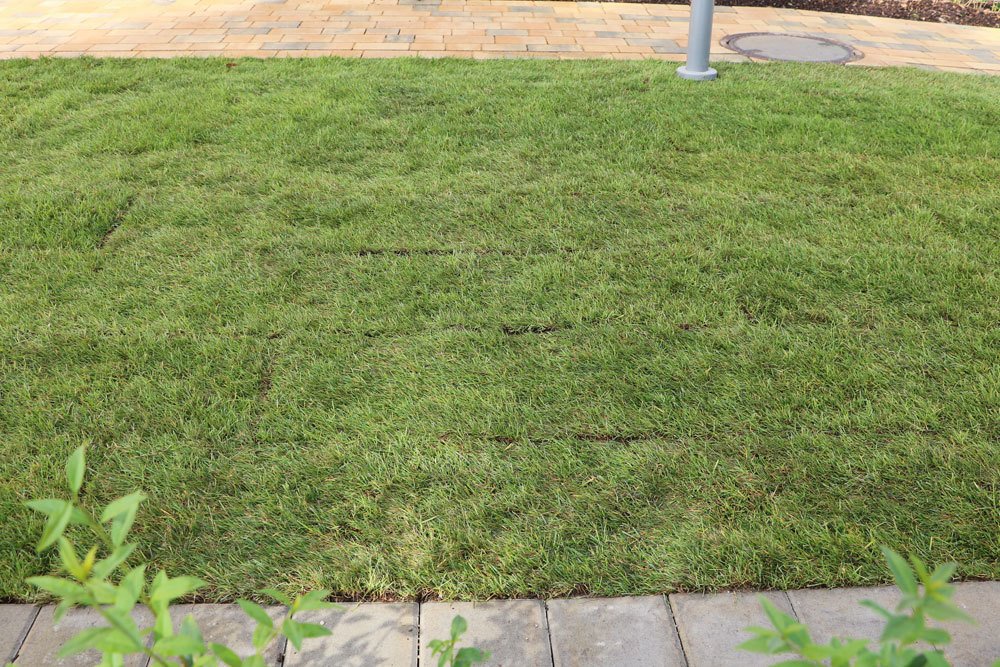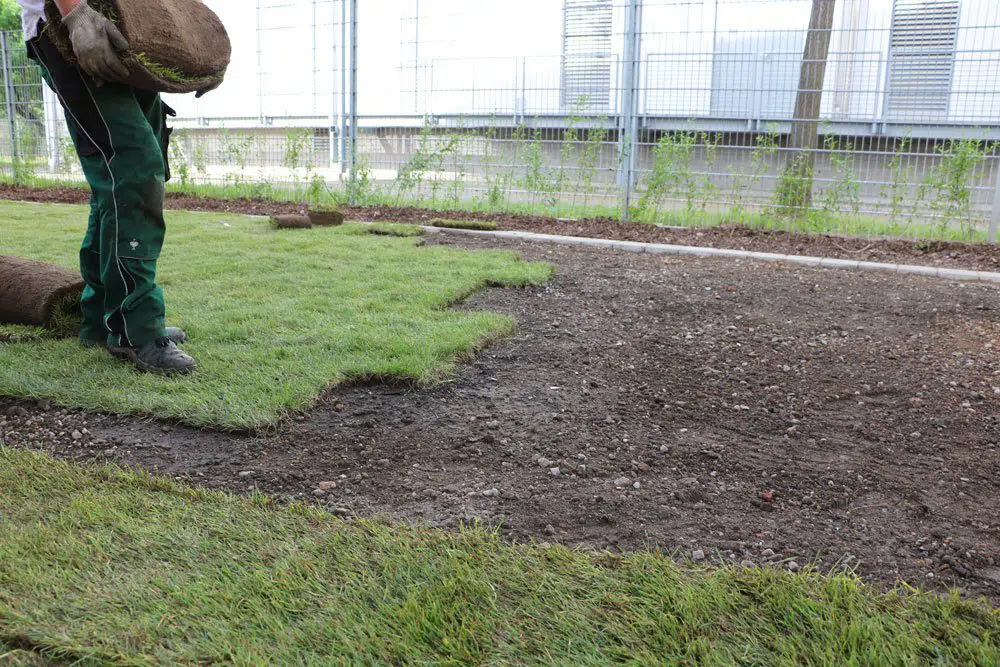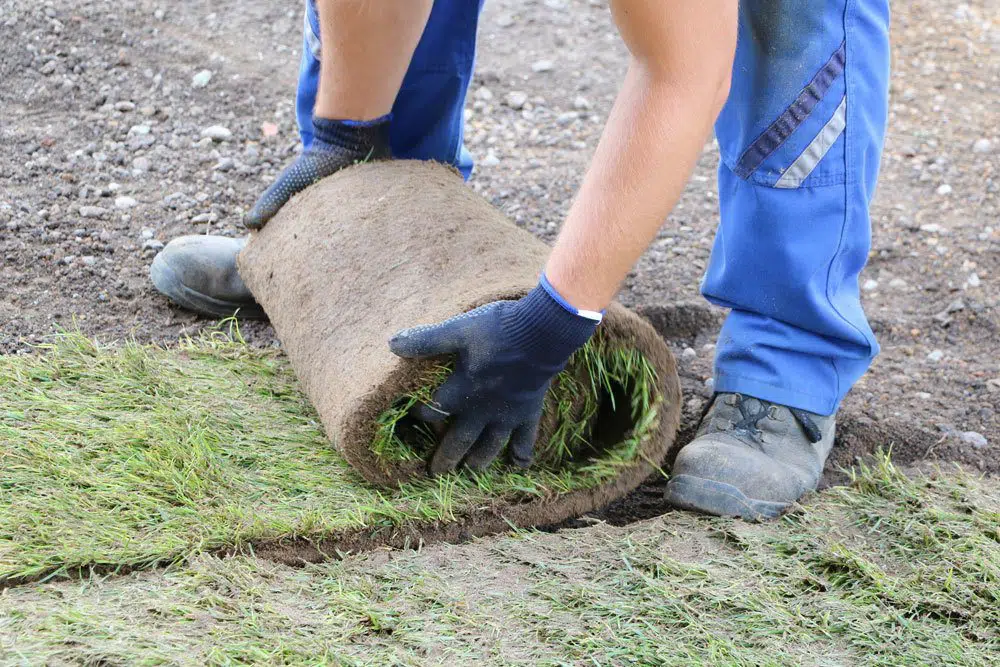Turf offers an optimal and now very popular way to quickly create lawns. It is ideal for small and large gardens and is easy to lay. In addition to the condition of the soil, the right time to lay the turf is of particular importance. The time of year determines whether the sod will start well, how much extra effort will be required and what should be taken care of.
Best season for laying sod
Theoretically, turf can be laid all year round. No matter at what time the installation is carried out, as a rule, the “advanced” lawn survives even freezing temperatures, if certain conditions are met. However, each season brings positive or negative characteristics for sod. For this reason, some months are less suitable, and others better or optimal.
Spring
Spring offers optimal weather conditions for laying sod, with increasing sunshine and usually regular rain showers, from mid-May/after the Ice Saints. It is ideal when there is no more frost. This inhibits growth and prevents rapid rooting. Without frost, the turf settles quickly into the ground, allowing the individual edges of the rolled turf to compact quickly and the entire lawn to appear as a whole. In addition, at this time of year, the turf is given enough time until the coming frosty winter, so that it can develop resistant.
Summer
As a rule, hot temperatures and longer periods without rain can be expected from June onwards. Rollable turf can be laid in such weather conditions, but this means more work for you. The sun will cause soil moisture to dry out quickly. Without consistent moisture levels, turf roots cannot adequately establish/anchor themselves in the soil. Growth will also be restricted. So if it doesn’t rain regularly and sufficiently, you’ll need to sprinkle the lawn daily in the worst case scenario. If this is forgotten, the time will be delayed until the individual rollways have grown together and present themselves as a whole lawn.
Autumn
Autumn usually brings pleasant temperatures, especially at the beginning, and usually enough rain for lawns to be rolled out. However, the time until the first ground frost is not long. This is usually not enough for the roots to take root in the soil. Moreover, a dense growth can be delayed until the following spring. For this reason, autumn should not be chosen as the time for laying sod. However, if it cannot be avoided, for example, because the construction of the house was completed in late summer, the autumn offers the possibility of using the green area as early as the next spring. If you decide to sow lawn seed, the time to achieve a dense lawn will extend well into the summer, especially since it is not possible to sow before spring.
Winter
Those who want to lay turf in winter, if possible, should refrain from doing so. There is a high risk of no rooting due to frost. Nevertheless, some garden landscaping companies offer turf laying under certain conditions. Garden owners are, of course, free to imitate them, although a large portion of luck is involved, so that frost does not damage the unprotected grass roots.
Prerequisites for laying are:
- mild winter temperatures
- optimal: no prolonged frost on the ground for at least two weeks after installation
- turf is used, which has been peeled off thickly (between seven and ten centimeters), so that roots have more protection
- there must be no waterlogging
- optimal soil preparation
- starter fertilizer must be given, because the soil in winter is quite poor in nutrients

Soil preparation
In addition to the best time, soil conditions also play a significant role in when and how the new lawn settles in. Even the most optimal season does not guarantee perfect growth if the soil does not provide ideal conditions. Therefore, soil cultivation as follows is mandatory.
- Soil must be cleared of all coarse things such as old plant debris, stones and debris and weeds
- soil must be dug up to a depth of at least ten centimeters with a spade or a rotary tiller
- in case of acidic pH, mix lime into the soil
- in the case of clayey soils, mix in sand
- then rake the surface of the soil to create a fine, loose layer (make sure it is even)
- then level or roll the soil surface
- rake the surface again to a depth of about one centimeter and remove the last unevennesses
- a starter fertilizer favors the growth and optimizes less good soil conditions
- as best as possible, seamlessly line up the roller conveyors

TIP: Make sure there is at least two inches of clearance between leveled substrate and flagstones of paths or patios for a flush result.


